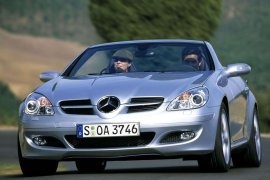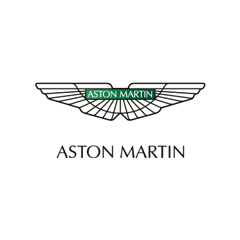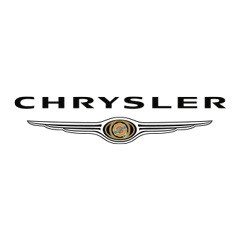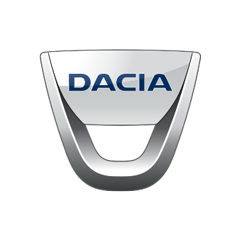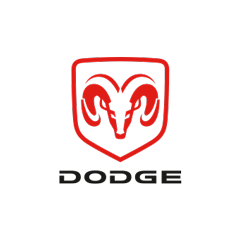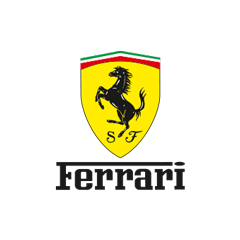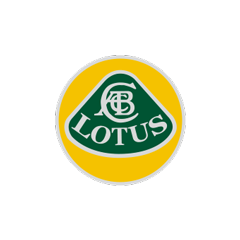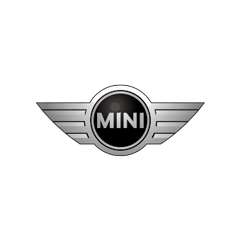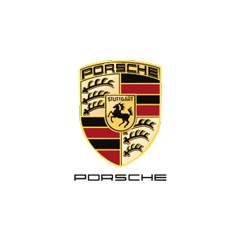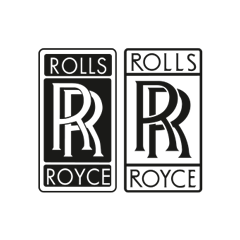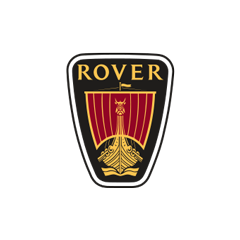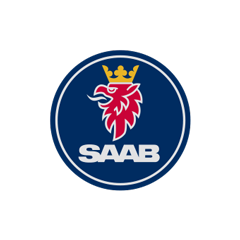The second generation of the little roadster from Mercedes-Benz was unveiled in 2004 at the Geneva Motor Show.
This time, the car-maker gave more time to the design team.
While the first generation was well-received due to its retractable hard-top and the 5-speed automatic gearbox, unlike the Z3 which offered a 4-speed version, the second-generation of the SLK was heavily improved in all directions. A sturdier chassis, a more spacious interior, and better features transformed it into a top-seller.
Mercedes understood its lesson from the first generation, which look too bland for the market. The second generation came with angular headlights, a race-inspired front end, and an aggressive bumper with a wide grille in the apron. The raked A-pillars were continued with the short and arched roof-line. The SLK looked good either if it was covered or opened. In the back, depending on the engine version, it featured a double or quad exhaust system.
Inside, the SLK featured two bucket-seats and a tall center console that divided the cockpit into two. The center stack featured a new infotainment system, which could have been upgraded to a Bose sound system and a navigation unit. The instrument cluster was inspired by the watch design, with a smaller gauge inside a bigger dial. Between the tachometer and the speedometer, there was an LCD screen for the on-board computer. The car was offered with the new “Airscarf” system, that blew warm air to the back of the occupant’s necks, canceling the draft effect when the car was driven with the open top.
For the engine bay, the car-maker installed a wide choice of engines from a small, supercharged inline-four up to a 3.5-liter V6. On top of that, the German brand offered a few AMG versions.

